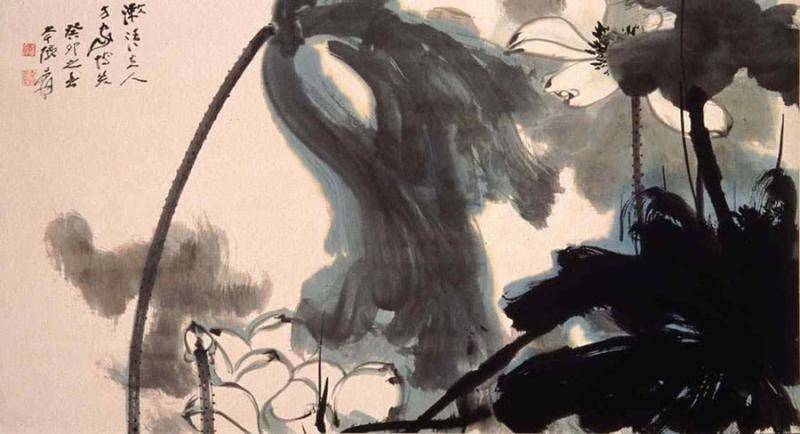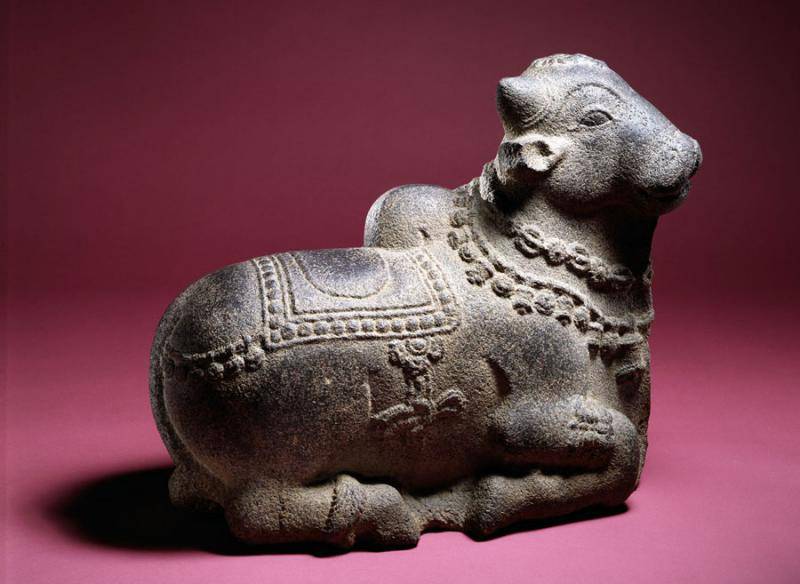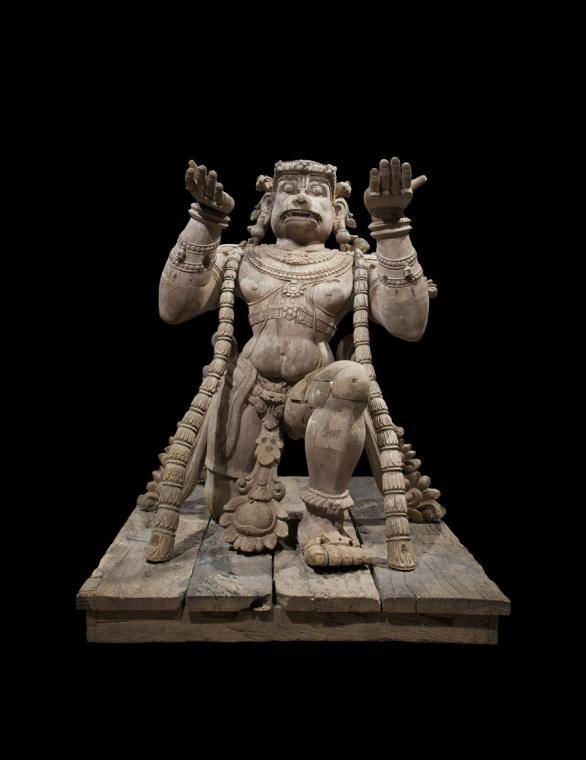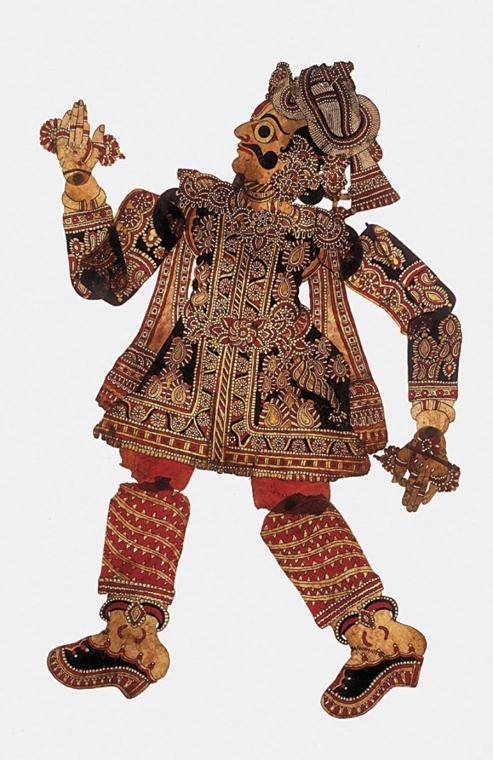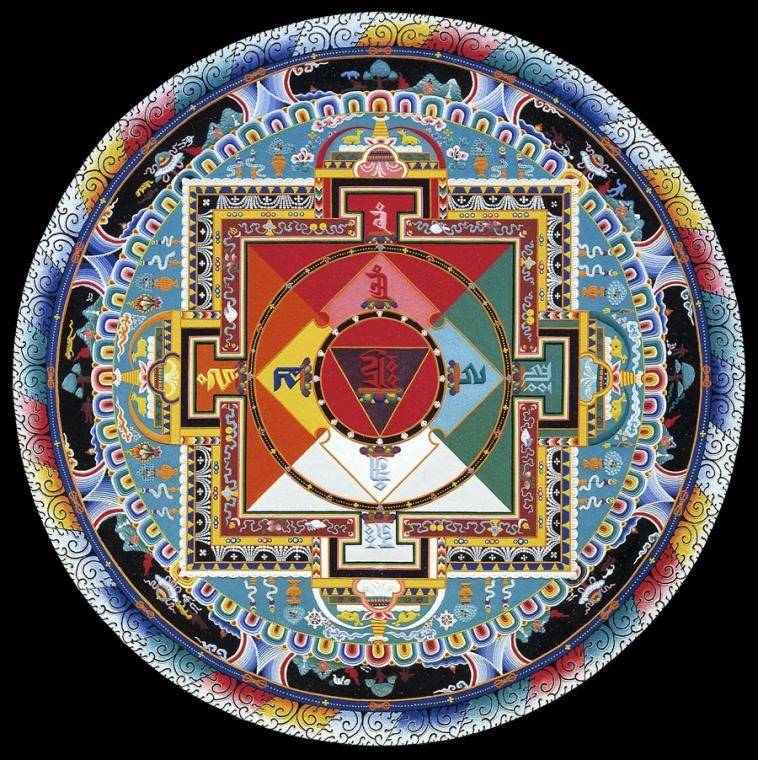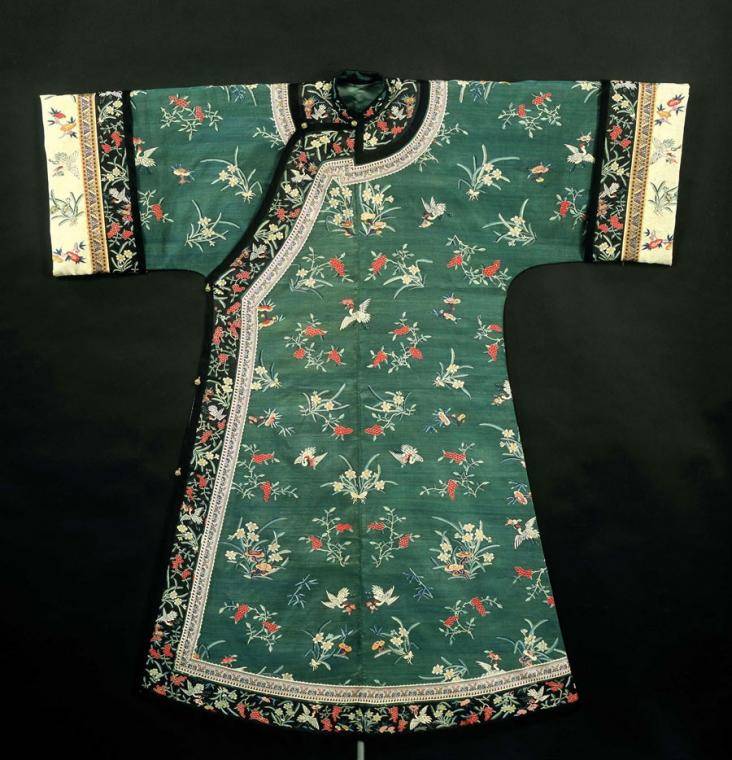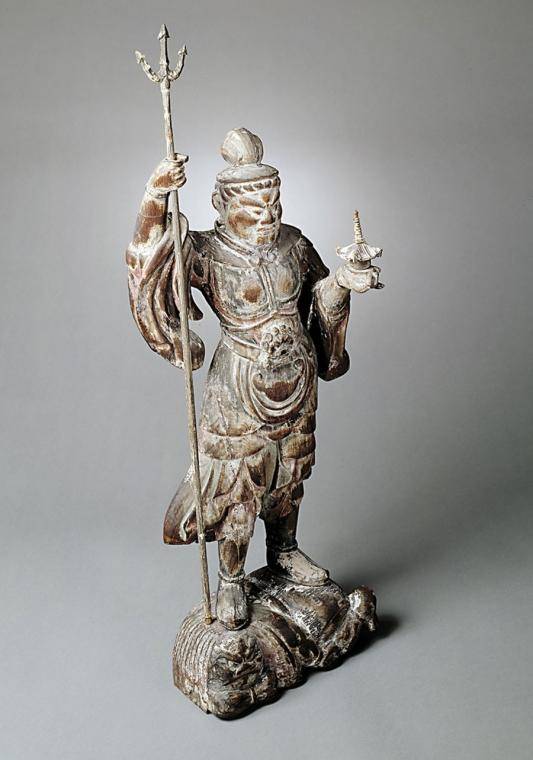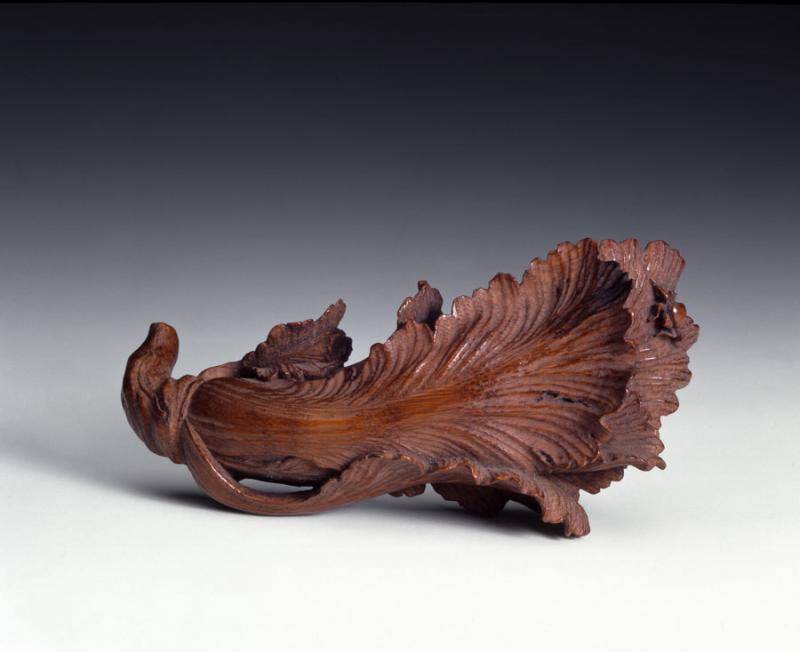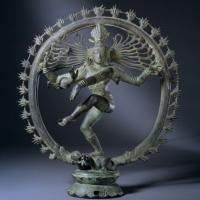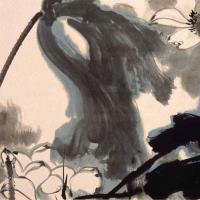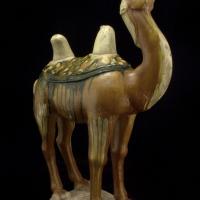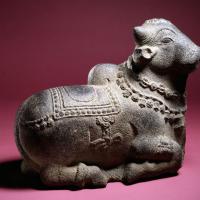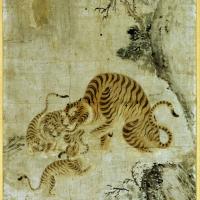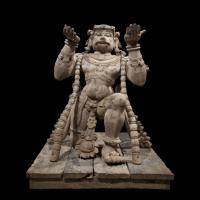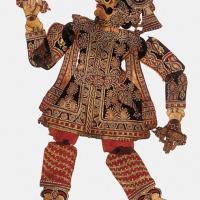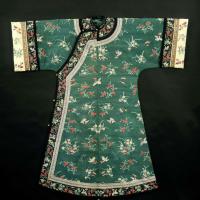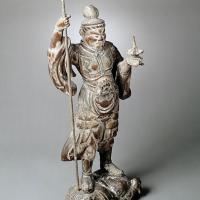In 1915, a distinguished Denver resident Walter C. Mead pledged his collection of Chinese and Japanese art “to the people of Denver,” marking the beginning of the representation of Asian art at the Denver Art Museum. This year is the centennial anniversary of Asian art at the DAM!
Over the past 100 years, the Asian art collection has grown to be one of the finest of its kind in North America. Today this truly unique collection is prominently displayed in a 22,000-square-foot space on level five of the North Building, showcasing the artistic achievements of more than 6,000 years of Asian history and covering the entire Asian continent. The exhibitions and programs presenting Asian art at the DAM have been recognized regionally, nationally, as well as internationally.
The following highlights are just a brief listing of the significant milestones in the long journey of collecting Asian art at the DAM:
- As the founding collection, the Walter Mead Collection constituted the nucleus of Asian art at the DAM from 1915 to the early 1940s.
- In 1946, a series of gifts from Harry B. Goodwin and his wife, Mary Guthrie Goodwin, established the museum’s collection of South and Southeast Asian art.
- In 1956, with the bequest funds of Charles Bayly Jr. (1987–1954), the museum acquired a substantial amount of Asian art from the collection of H. Medill Sarkisian (1909–1993), an honorary curator of Asian art appointed by the museum director Dr. Otto Karl Bach (1909–1990), enabling the opening of the Oriental Museum in 1956, a separate branch of the museum located on 14th Avenue where the Denver Art Museum stands now.
- In 1974, May Wilfley made a major gift of about 80 Asian art objects to the DAM in memory of her parents, A.R. Wilfley and Addie M. Wilfley, significantly enhancing the museum’s holdings of Chinese imperial porcelains.
- From 1974 to 1982, a series of gifts from Mr. and Mrs. George A. Argabrite enriched the museum’s holdings of Japanese art, particularly lacquers.
- Since 1976, a series of gifts from Bj Averitt has established and enriched the museum’s collections of Islamic art. She also established Bj Averitt Islamic Fund to support the acquisition of Islamic art.
- In 1977, more than 600 Chinese Qing Dynasty (1636–1911) court robes and accessories from the Charlotte Hill Grant collection were donated to the DAM by her children James P. Grant and Betty Grant Austin. This is one of the largest and finest holdings of the Chinese court textile in American museums.
- In 1980, a series of gifts from Mr. and Mrs. Harold P. Ullman increased the museum’s sculpture collections from India, Nepal, and Indonesia. The Ullman Collection was further enriched by their children later.
- In 1982, a gift from John and Celeste Fleming significantly enriched the museum’s collection of Japanese screens.
- Since 1982, more than 1,000 bamboo art works have been donated by Mr. and Mrs. Walter E. Lutz and their children and grandchildren, making it the largest Asian bamboo art collection in American museums. This collection continues to grow.
- In 1992, a sizable gift from Mr. and Mrs. Alfred H. Platt dramatically enriched the museum Korean art collections.
- In 1993, the museum’s collection of Chinese jades was significantly enriched by the donations from Sam and Freda Davies. The Sam and Freda Davies Trust has also provided funds to acquire Asian art since 1993.
- Since 2001, a series of gifts and promised gifts from Kent and Vicki Logan has made the DAM one of the leading American museums in collecting and featuring contemporary Asian art, particularly Chinese contemporary art.
- Since 2009, our collection has been greatly enriched by the gifts from Polly and Mark Addison. In particular, the calligraphy by a number of important artists such as Ming Dynasty master Wen Zhengming.
Many distinguished collectors have also generously loaned their collections to the DAM over the past century, allowing the museum to develop many important exhibitions and programs. The most notable loans include the Sze Hong Collection, the Pan-Asian Collection, and the Kimiko and John Powers Collection. Some of these collections were eventually donated to or acquired by the museum.
The growth of the Asian art collection at the DAM was made possible by the incredible generous gifts from more than 300 donors in United States, Asia, Europe, and South America. To celebrate this extraordinary 100-years journey, it is only appropriate to honor all of these dedicated supporters. It is their generosity and love of Asian arts that has brought Denver much closer to Asia.


